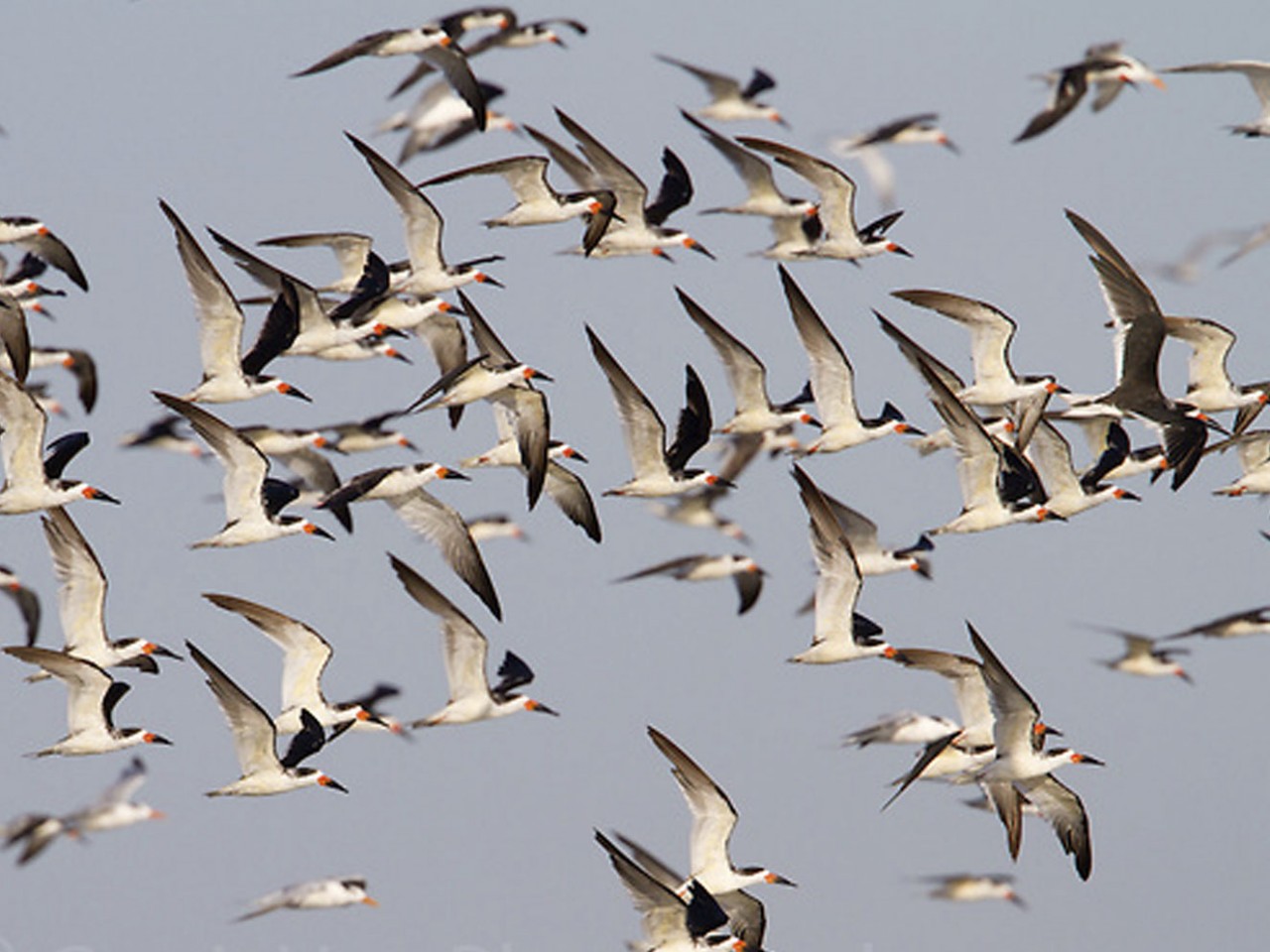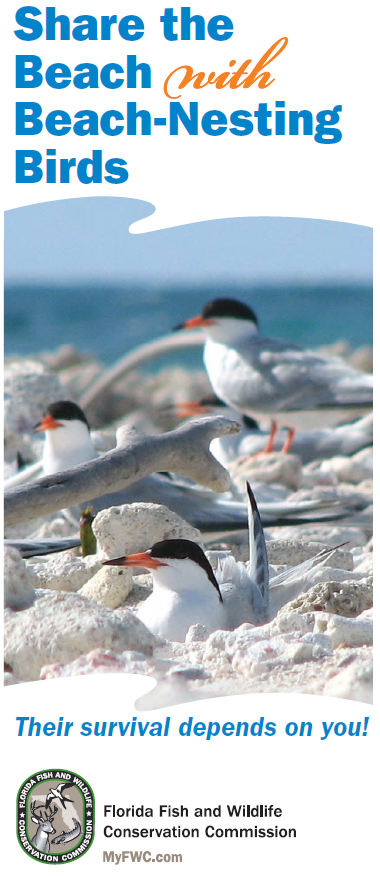U.S. Shorebird Conservation Plan


The U.S Shorebird Conservation Partnership is made up of partners from state and federal agencies and non-governmental organizations from across the country who pooled their resources and expertise to develop a conservation strategy for migratory shorebirds and the habitats upon which they depend. The U.S. Shorebird Conservation Plan, originally completed in 2000, provides a scientific framework to determine species, sites, and habitats that most urgently need conservation action. The plan objectives are to ensure that adequate quantity and quality of shorebird habitat is maintained at the local level and to maintain or restore shorebird populations at the continental and hemispheric levels.
The U.S. Shorebird Conservation Council, which is open to all private and public organizations, serves as the steering committee for overseeing the implementation of the regional, national, and international goals of the Plan. Although some outreach, education, research, monitoring, and habitat conservation programs are being implemented, accomplishment of conservation objectives for all shorebird species still requires a collective effort among traditional and new partners.
What can the U.S. Shorebird Conservation Plan offer land trusts?

- Regional Shorebird Conservation Plans
The website provides information on the implementation of the U.S. Shorebird Conservation Plan, with sections containing regional plans and reports.It also includes management guides and best management practices that could be of use to land trusts with shorebird habitat properties.
- Education and Outreach
Information on education programs and outreach opportunities can be found on their website, which includes links to a directory of shorebird education materials and many other great programs. One highlighted resource is the Shorebird Sister Schools Program, which is a science-based environmental education program designed to engage participants in learning about shorebirds and their conservation. This program is something your land trust can get involved with to garner more support for your shorebird property, or to gain more members who are interested in shorebirds. Another resource is Manomet, Inc., a NGO that provides education and training in shorebird habitat management and provides technical assistance to both public and privately owned lands, including land trusts, interested in contributing to shorebird conservation efforts.
- Shorebird Management
Much of the regional implementation occurs through migratory bird habitat Join Ventures. Many Joint Ventures have developed regional implementation plans containing information on shorebird habitat needs and conservation objectives. A compilation of shorebird management materials, such as manuals, leaflets, and best management practices can be found here. There is also information about how you can join the shorebird management electronic forum. The purpose of this listserve is to help meet management objectives for the conservation of shorebirds. Specifically, the listserv provides users with: 1) a forum to discuss approaches to managing shorebird habitats, 2) information on shorebird management resources, 3) answers to specific, regional management questions, 4) a forum to discuss regional-scale projects, and 5) technical advice on monitoring shorebirds. To subscribe, send an e-mail indicating a wish to subscribe to Brad_Andres@fws.gov.
- PRISM (how to monitor shorebirds)
The Program for Regional and International Shorebird Monitoring (PRISM) is a single blueprint for monitoring shorebirds in Canada and the United States. One of the primary goals of PRISM is to assist local managers in meeting their shorebird conservation goals. More links about PRISM, such as a list of related publications and peer reviews, can be found here.
